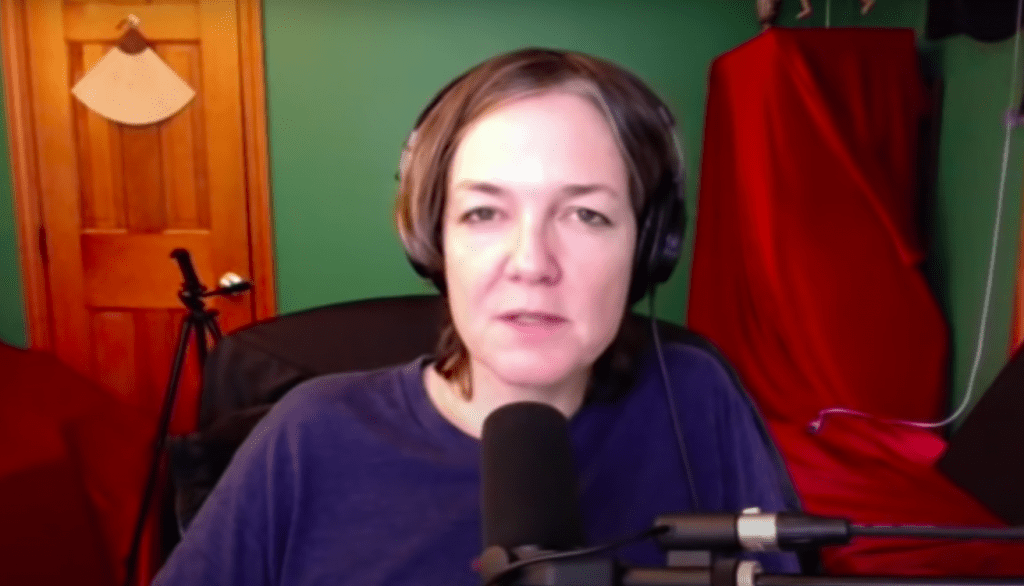Culture war
Jodi Shaw Vs. Smith Snotty-Tots
The Norma Rae of the Anti-Woke Movement speaks out

If you haven’t heard of Jodi Shaw yet, you will. She is waging a one-woman battle against one of America’s most elite liberal arts institutions, Smith College, located in one of the most left-wing towns in America, Northampton, Mass. She has been a liberal all her life, but she simply got sick and tired of being made to feel by the college that she is a bad and deficient person because she is white. And she said so.
She said so on a series of YouTube videos in which she says that Smith’s so-called “antiracism” campaigning is in fact racist against whites, and have created a hostile workplace environment. You can watch them all here; start with “Dear Smith College, I Have A Few Requests.” One of the more interesting aspects of her case is that she points out what she sees as the class hostility inherent in Smith’s antiracism campaign, namely that it is privileged white people dumping on working class white people to assuage their bourgeois guilt. That’s why I called her on Twitter “the Norma Rae of the Anti-Woke movement.”
Jodi Shaw agreed to do an e-mail interview with me about her case. It follows:
RD: For people who haven’t followed your YouTube messages, what is the controversy at Smith College about?JS: I am a staff member at Smith. I provide administrative support to the office or Residence Life and the division of Student Affairs. I recently created a series of videos to protest the ongoing environment of racial hostility staff endure at Smith.This hostility comes in two forms:
Subscribe for as little as $5/mo to start commenting on Rod’s blog.